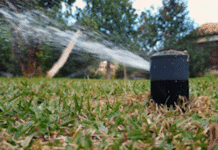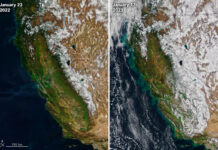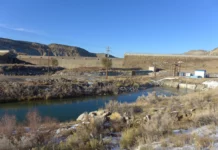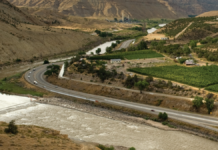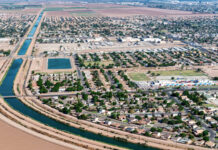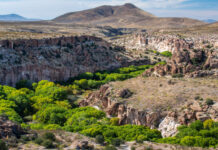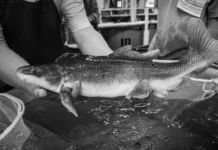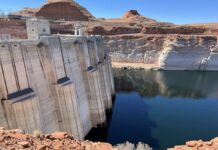Cash for Grass: Colorado to pay for turf removal, boost water conservation
Colorado has a new turf replacement program that will finance residential areas to switch their yards to more water efficient landscaping.
The Great Drenching
How did California get battered by a relentless barrage of devastating atmospheric river storms despite La Niña?
White River call ‘significant’ for water users
The Rio Blanco Water Conservancy District placed a call for its water rights, which could potentially alter the system for other water users.
Farms use 80% of the West’s water. Some in Colorado use less, a lot...
A greenhouse in Colorado is using 95 percent less water to grow food compared to traditional agricultural practices.
Public: New Colorado Water Plan needs more urgency and accountability
Coloradans want the state’s top water road map to be more equitable, but finalizing plans has been difficult.
Harvesting water in arid lands – Water Buffs Podcast ep. 11 – Brad Lancaster
Brad Lancaster, author and expert on water harvesting, explains how to make the most of rainfall and greywater to stretch local supplies.
A quiet revolution: Southwest cities learn to thrive amid drought
Southwestern U.S. cities have embraced innovative strategies for conserving and sourcing water in a changing climate.
Once a rich desert river, the Gila struggles to keep flowing
Population growth, agricultural withdrawals and climate change have badly diminished the river and threaten its future.
The Colorado River Is Dying. Can Its Aquatic Dinosaurs Be Saved?
The razorback sucker has survived in the river for more than 3 million years. Climate change could end that.
Feds: Colorado River’s Flaming Gorge Reservoir able only to deliver two more emergency water...
As drought and climate change sap the Colorado River, even the water in the Upper Basin’s high-elevation reservoirs isn’t enough to protect the larger system.



